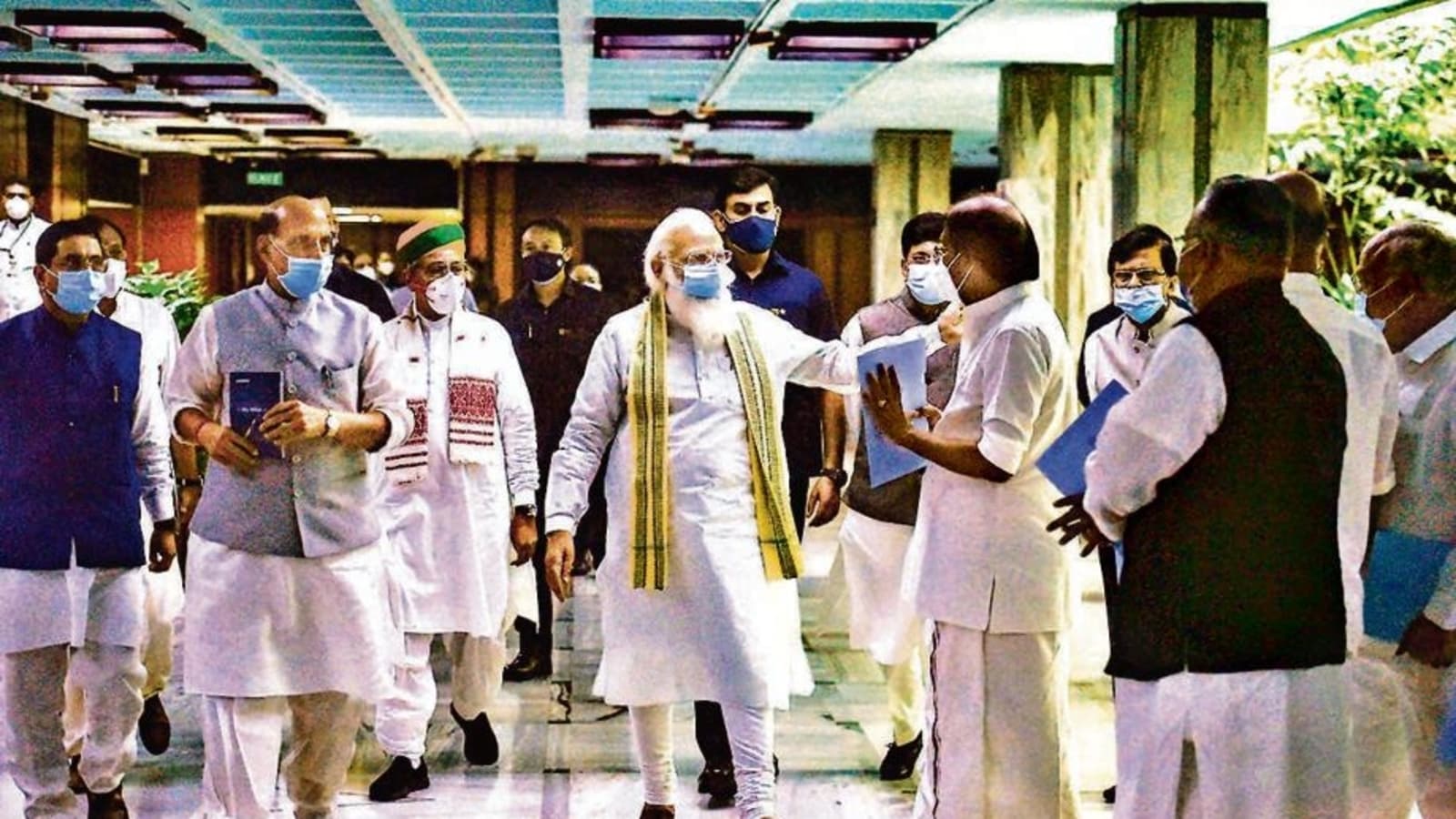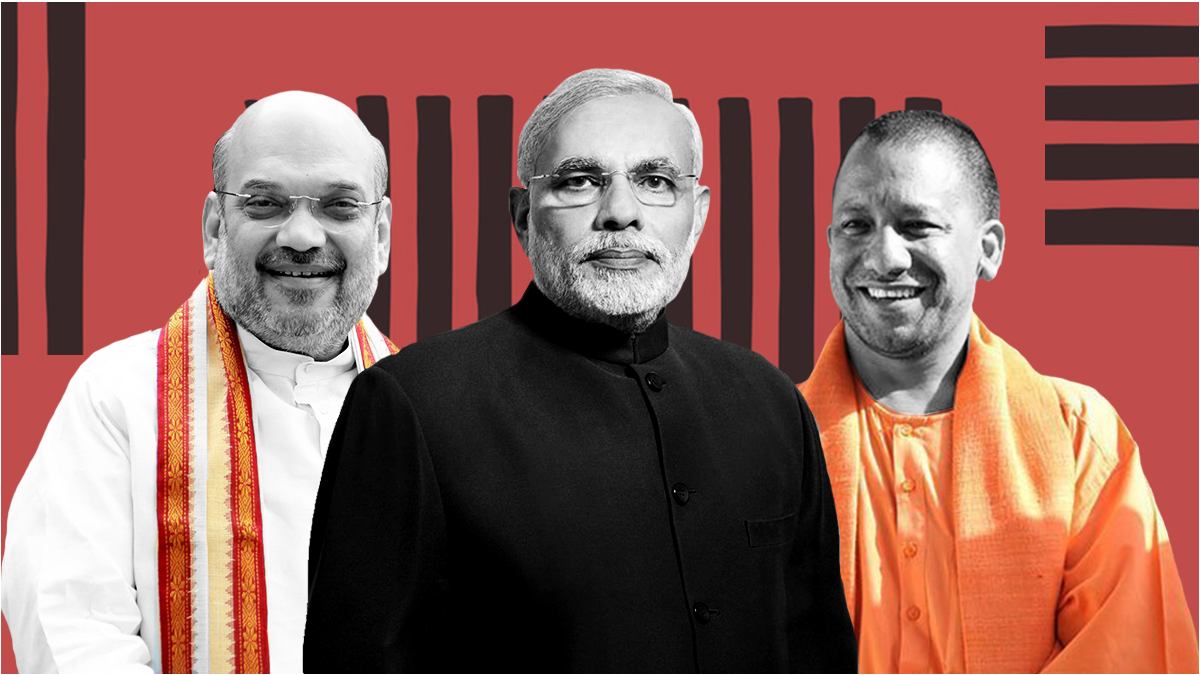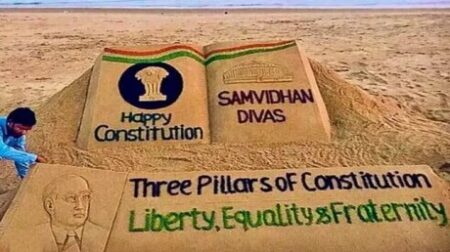Through the BJP’s state officials, a conference with home minister Amit Shah was planned before his last visit to the state to address feedback from district presidents and select leaders on issues such as price increases for essentials and fuel, as well as ways in which the Centre can reassure voters.
Following the state-level outreach events, the BJP has planned 588 smaller meetings in 98 electoral districts in poll-bound Uttar Pradesh to reach out to other backward classes (OBCs) and Scheduled Castes (SCs).
According to senior party leaders, the meetings will take place from November 18 to December 28.
As shown by party activists, there are 28 districts where non-Jat and non-Yadav communities account for more than 30% of the electorate, which is likely to be the party’s focus area.
Furthermore, the party has identified 121 constituencies in which it must exert maximum effort and 103 constituencies in which it must exert maximum effort.

During their multiple visits to the state, Home Minister Amit Shah and Union Minister Dharmendra Pradhan have been working on finalising the party’s three-phased plan for reaching out to non-Jatav, non-Yadav voters.
At the same time, state leaders were asked to provide feedback in at least six separate meetings with Shah, the party expecting to execute “actionable moves” in the coming days, now that the state-level outreach events have concluded.
While the Jatavs, who make up the majority of Dalits, are known to vote for the BSP, approximately 11.1 per cent of non-Jatav votes that the BJP wishes to secure.
The Jats, another important OBC community, have a significant presence in western UP. While they had overwhelmingly supported the BJP in the previous two elections, the RLD’s growing presence has been a source of concern for the party, particularly in at least nine districts in western UP that it swept in 2017 but where it received significant votes in 2019.
Two of the government’s 80 districts, Rampur and Moradabad, have more than 50% Muslim populations. In contrast, at least 28 communities, including Prayagraj, Auraiya, Bahraich, Chandauli, Gonda, Kheri, Pratapgarh, Raebareli, Sant Kabir Nagar, Sonbhadra, and Siddharth Nagar, have 30-40% non-Jat, non-Yadav.
The PM’s latest initiatives, whether in housing or healthcare, are aimed at this demographic, which has a distinct economic identity that the BJP want to represent and address. “There has been a drive to have more persons from OBC and Dalit backgrounds in the state and federal government,” said a party functionary who did not want to be known.

This transpires as S.P. leader Akhilesh Yadav has urged Dalits and OBCs to unite behind him, claiming that only Ram Manohar Lohia and B.R. Ambedkar’s philosophies can fulfil India’s goal of equality.
According to a senior BJP official, the focus is now on refining the caste outreach plan. “We have had state-level OBC and SC sammelans, but if we are to reach out to the Pasis, Kumhars, Kaharas, Sonars, and others, we will need a more sophisticated strategy, distinct from 2017,” the functionary added on condition of anonymity.
“During the end month, there have been 21 OBC groups and nine SC groups.” Aside from that, reaching out to farmers from Ghazipur to Ghaziabad with varying issues would be a top focus.
The party’s six morchas are also instructing to arrange district-level events, identify recipients of government programmers, and launch localized campaigns commemorating the Covid-19 immunization effort.
Whereas the law and order and electricity are being portrayed as the most significant achievements of the Modi-Aditya Nath combination, a “fool-proof strategy” is also developing to ensure that the party takes at least three actionable steps for each target group to ensure their support, according to a functionary.
“Many of the backward and SC groups are small in many locations, necessitating a localized strategy, which the party hopes to implement at least three months before the elections.” Our agenda will reflect their goals as well.
“We want to display our leadership from gramme pradhans, mayors, MLAs, and block presidents, among others, from the community we are addressing at all district level events,” he added.













